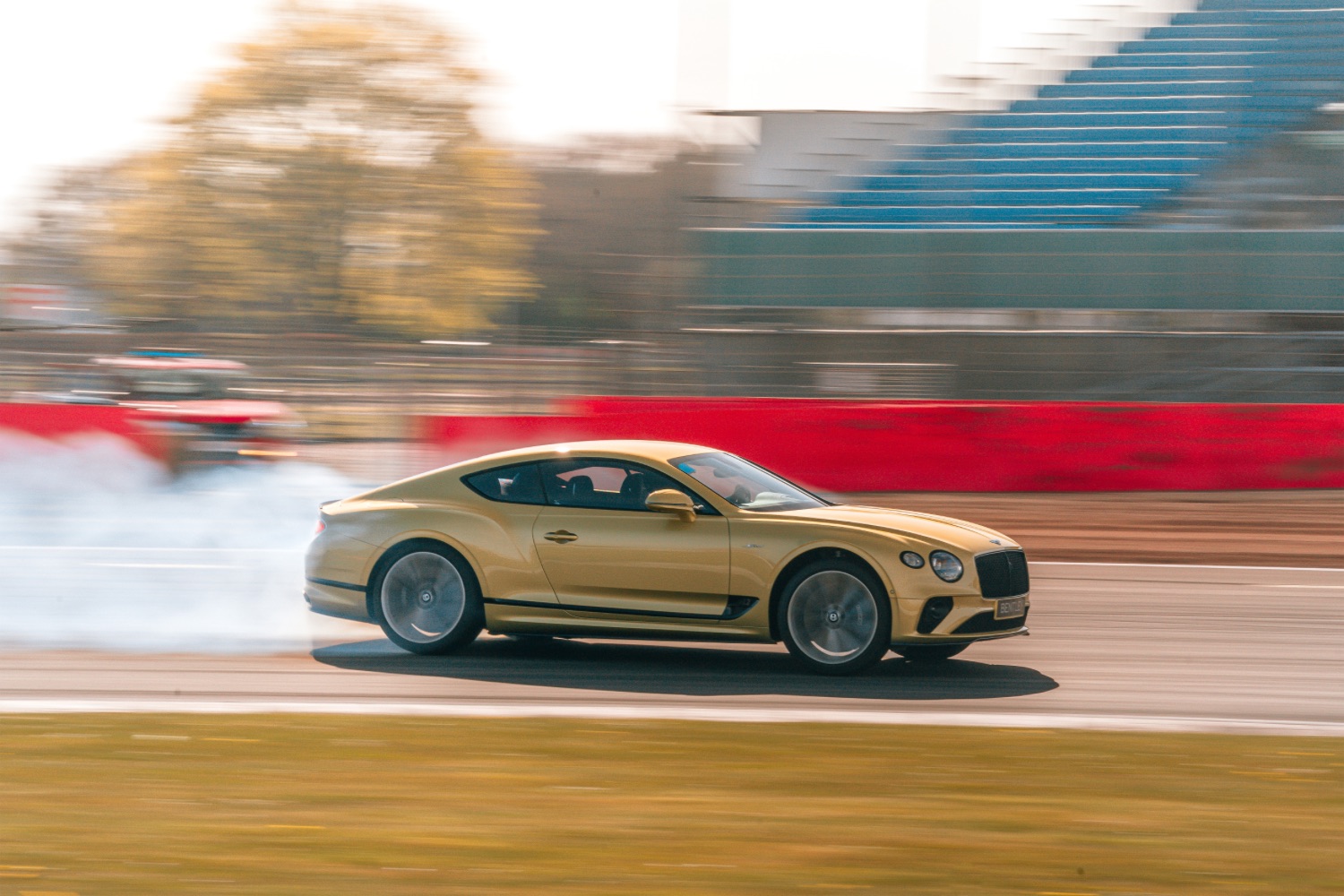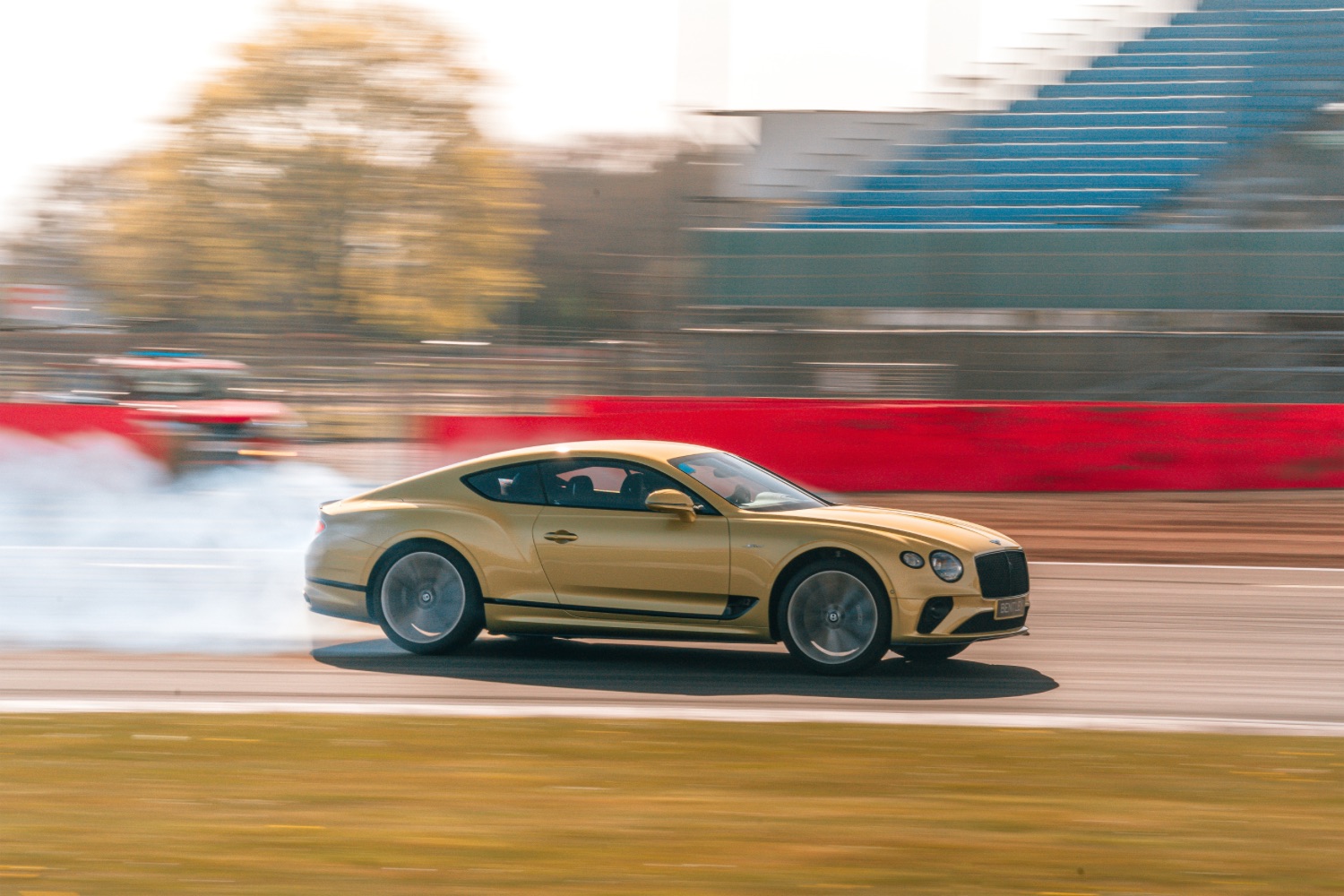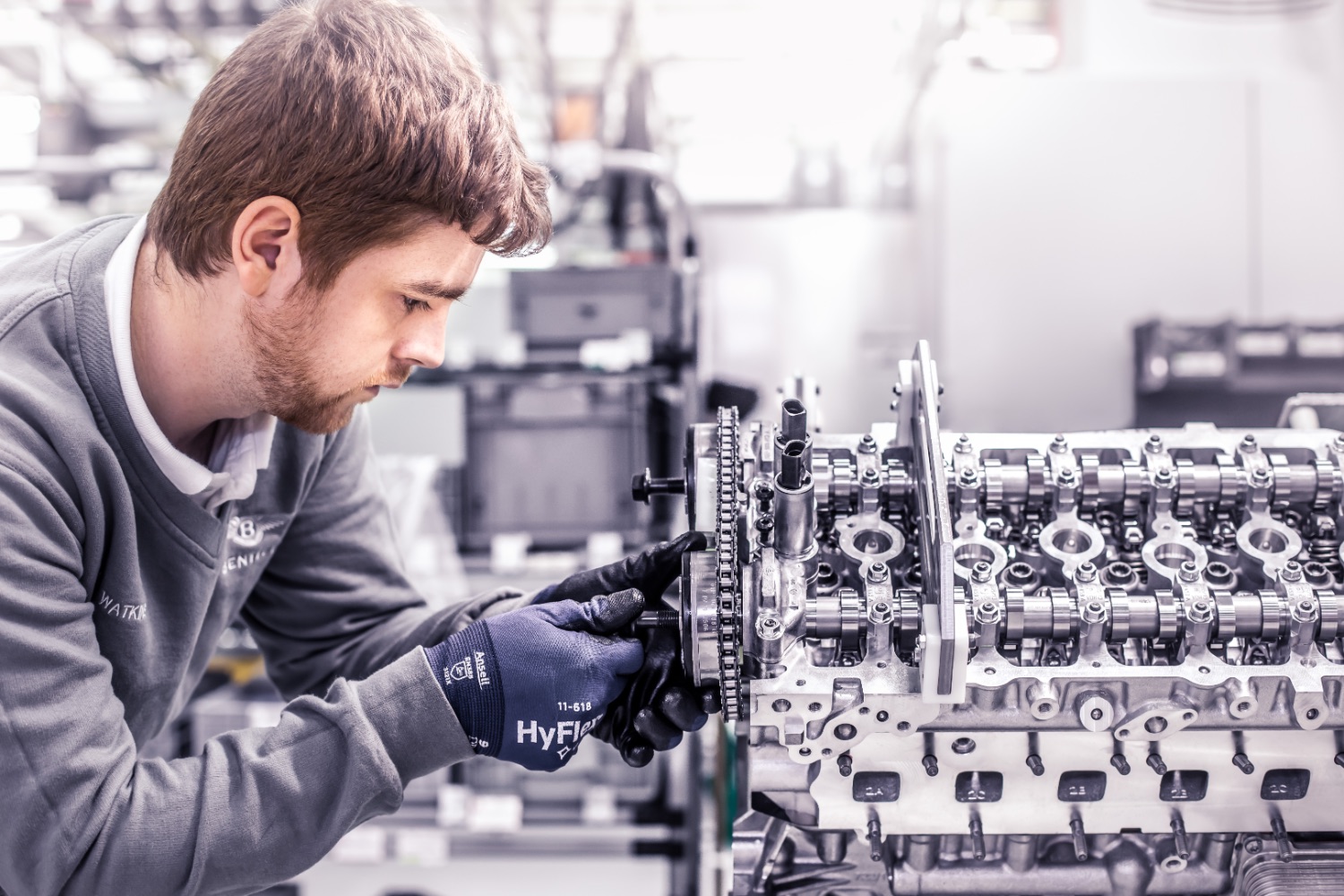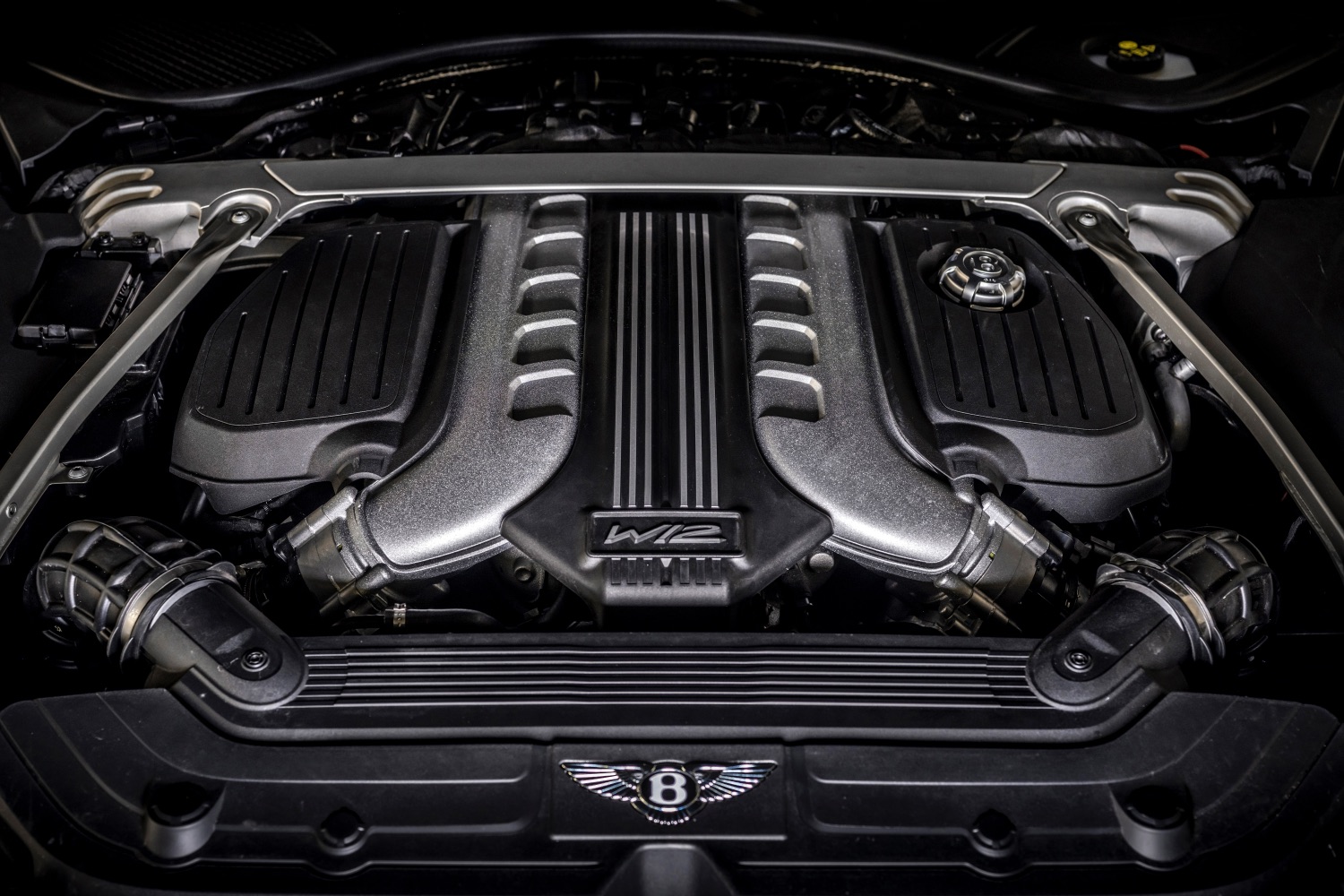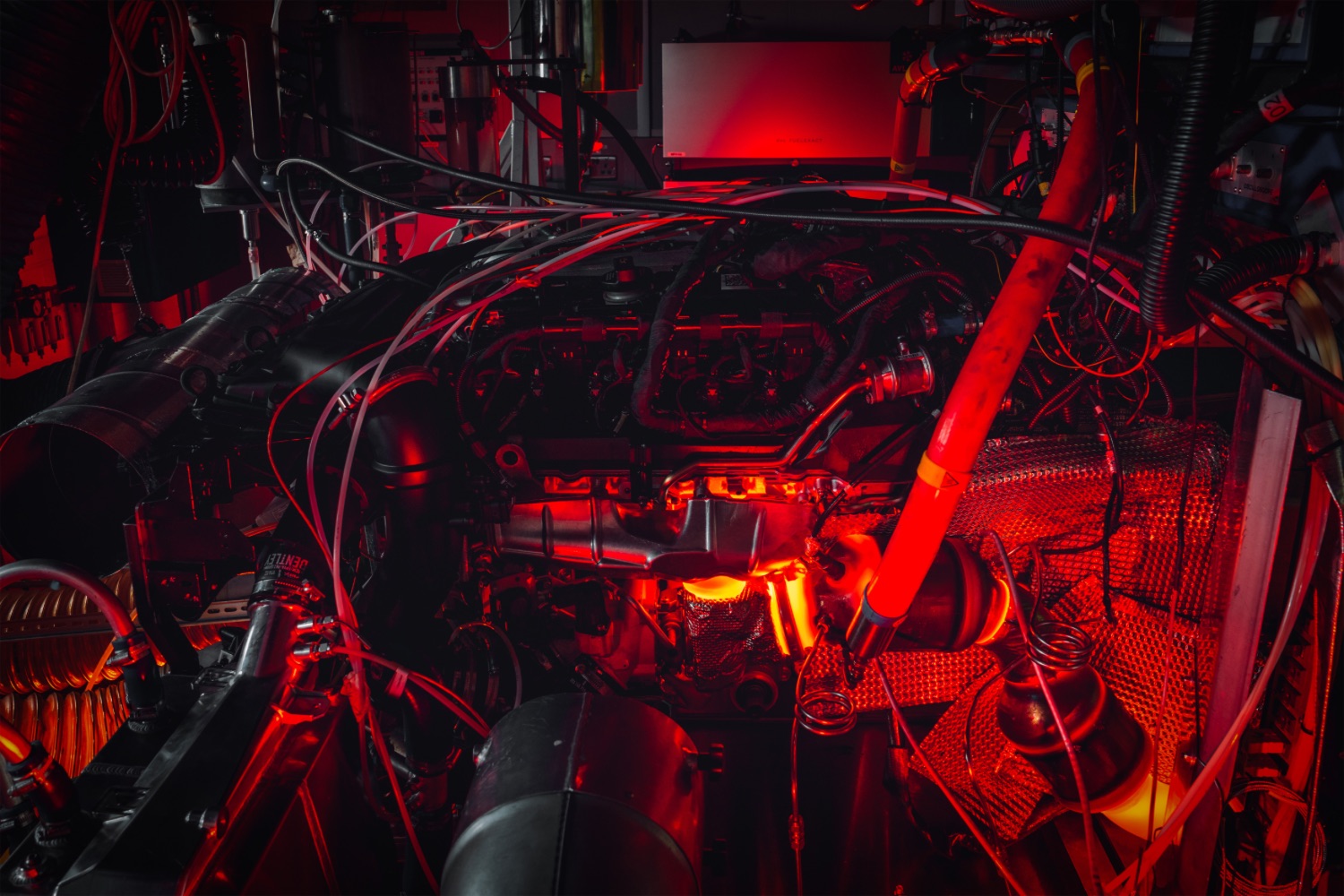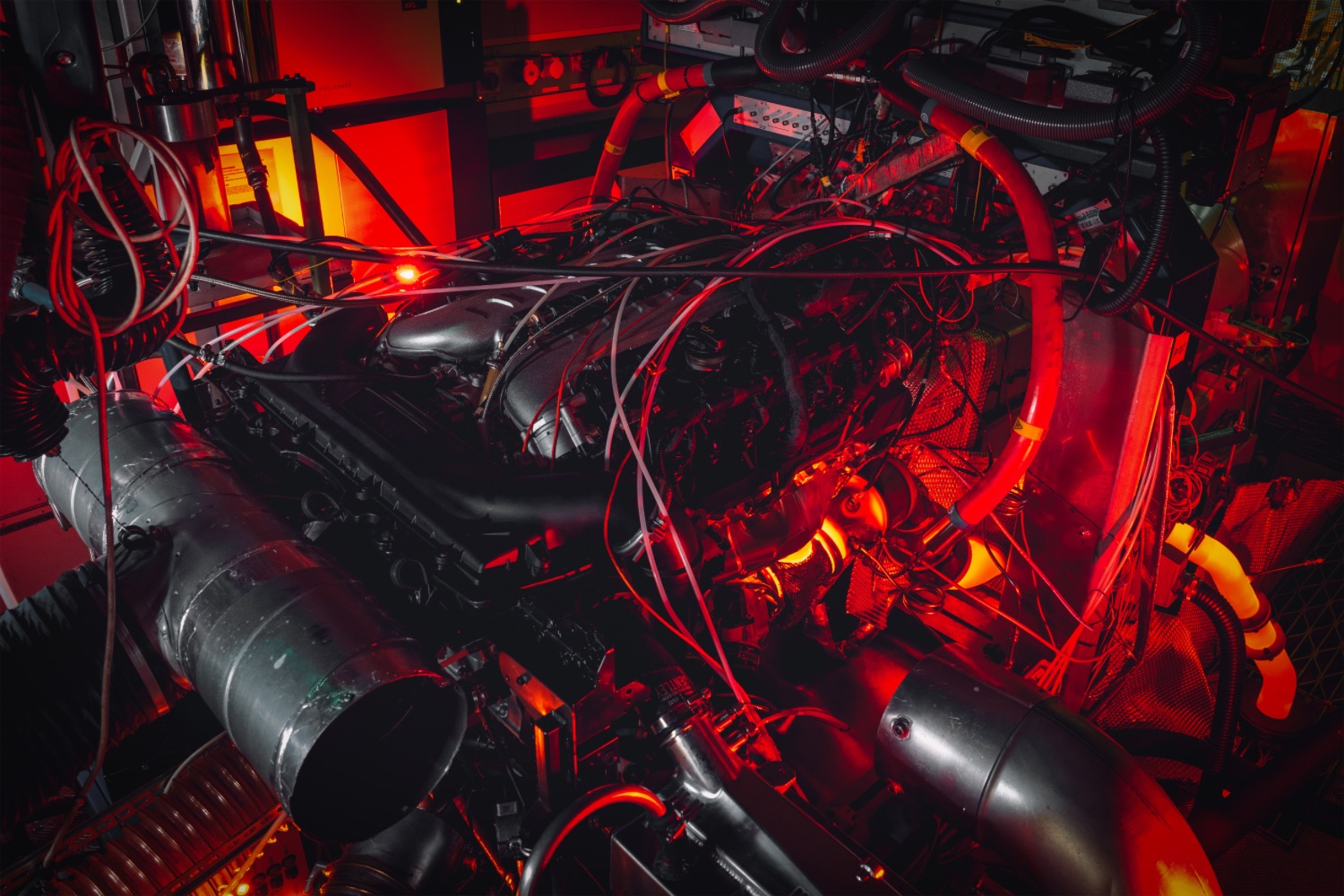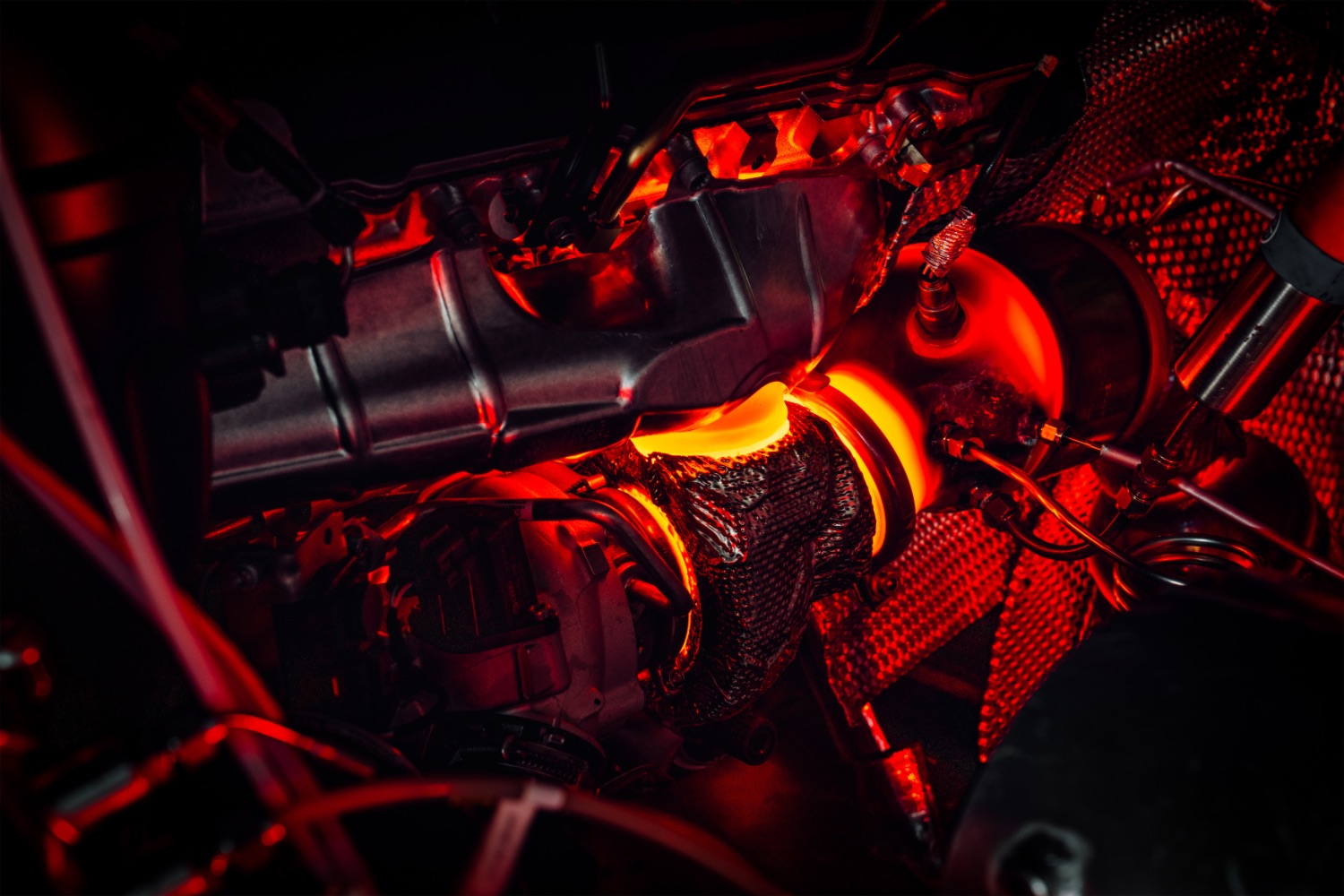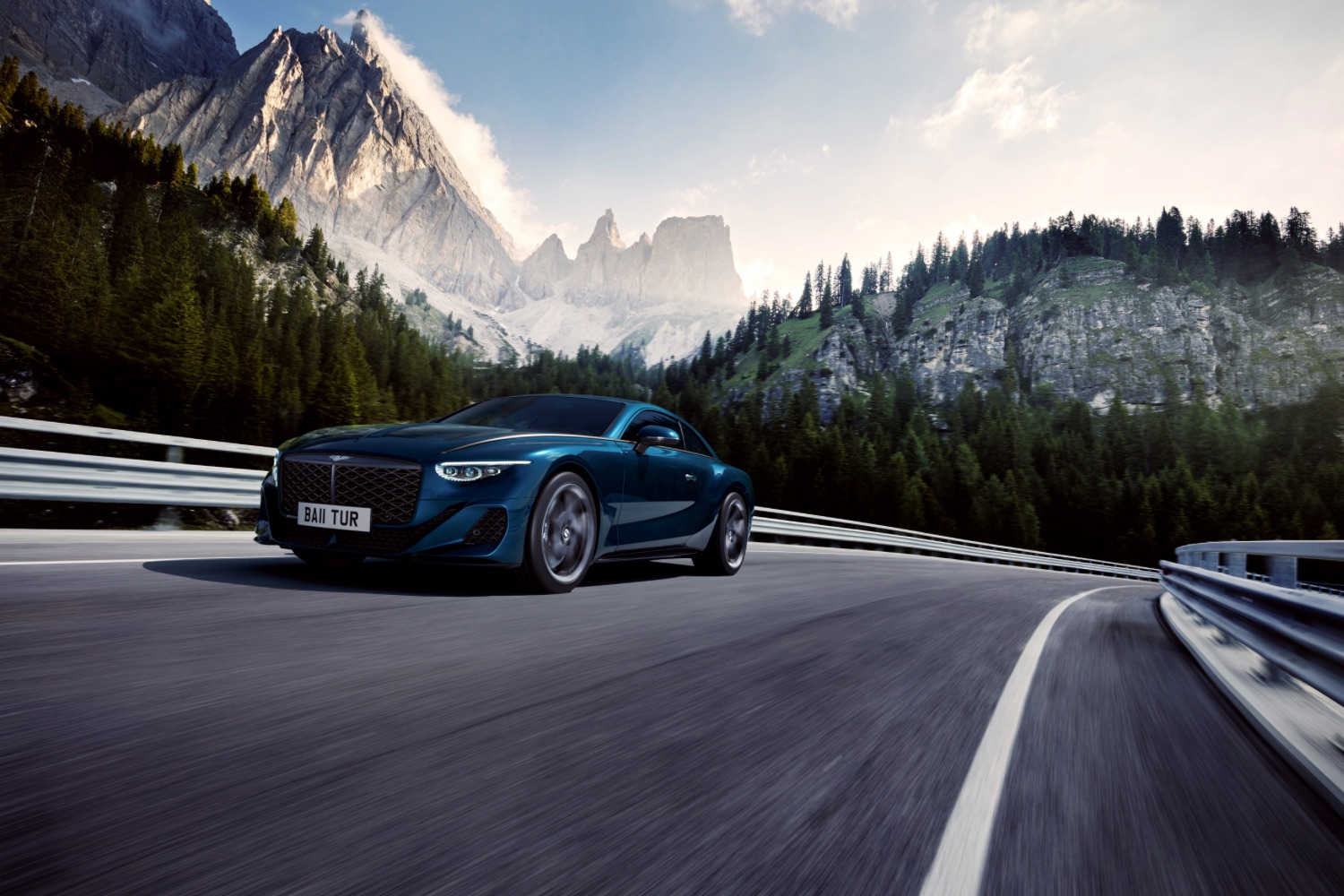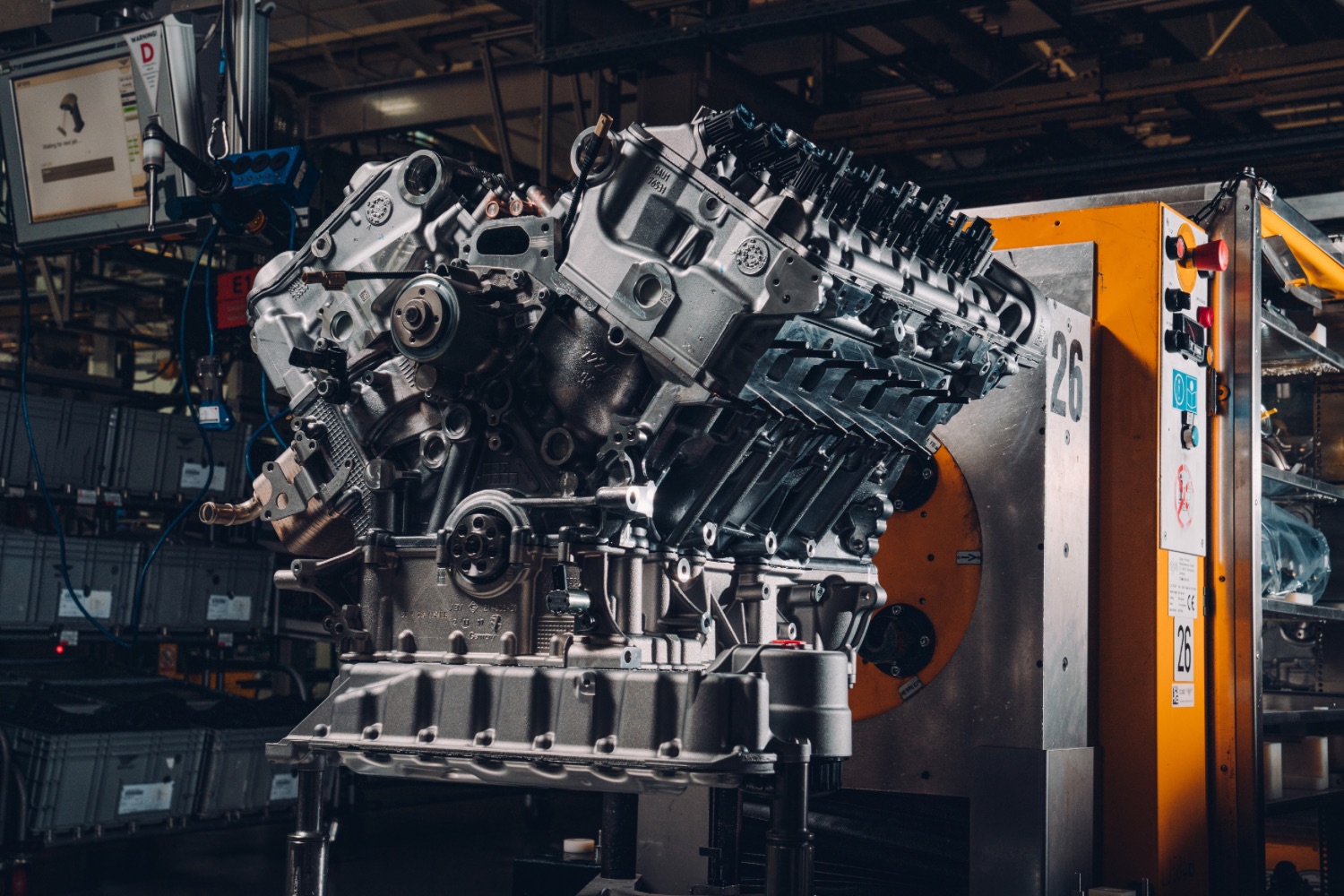Bentley has announced that production of its 6.0-litre twin-turbocharged W12 engine, long the mainstay and the propulsive force behind many of the company’s models such as the Continental GT and Flying Spur, will cease in April next year. By next Spring - the 20th anniversary of the Volkswagen Group engine’s debut in a Bentley - the firm estimates it will have built around 100,000 examples of its twelve-cylinder mill, the only example of a four-bank “W” configuration road car engine in production in the world today. Like other car makers, Bentley’s move towards smaller and electrified engines is part of a push to reduce emissions in light of ever-tightening regulations.
Changing times
The decision to axe the W12 doesn’t leave Bentley without a powertrain. The engine's popularity has been slightly on the wane in recent times as the firm has introduced a new 4.0-litre V8 and hybrid power to the range. Aston Martin announced last year that it, too, will end production of its V12 engine in the coming years. At the same time, Bentley’s fellow VW Group brand, Lamborghini, has said that its newly-revealed Huracán Sterrato will be the last of the breed to employ the thirsty old V10 engine seen in both its cars and the Audi R8. Shortly to be axed too is Lamborghini’s naturally-aspirated V12 in favour of hybrid power.
Major improvements since 2003
Volkswagen introduced a naturally-aspirated version of the W12 in 2001 which saw use in both the Audi A8 and VW’s own Phaeton and Touareg. The twin-turbo version emerged in 2003 in the Bentley Continental GT, with production taking place at the company’s factory in Crewe in the UK. That earlier engine was totally redesigned in 2015 with the introduction of Bentley’s Bentayga SUV, and power and torque are up 37 and 54 per cent, respectively, on 2003 figures, while emissions have fallen by a full quarter. These days, each W12 engine, Bentley claims, is hand-built over 6.5 hours by a team of specialists at Crewe before undergoing an hour of testing on three specialist diagnostic machines. Those workers are expected to be redeployed elsewhere in the facility as the company expands its V8 and plug-in hybrid powertrain production lines.
Final send-off
“Our progressive journey towards sustainable luxury mobility means making changes to every area of Bentley Motors,” said company boss Adrian Hallmark. “When we first launched the W12 back in 2003, we knew we had a mighty engine that would propel both our cars and the brand forwards at speed. 20 years and more than 100,000 W12s later, the time has come to retire this now-iconic powertrain as we take strides towards electrification - but not without giving it the best send-off possible, with the most powerful version of the engine ever created.”
Ultimate version
That send-off to which Hallmark alludes is the €1.95 million Batur, built by Bentley’s one-offs and customisation division Mulliner and revealed in California last August. Just 18 examples of the Mulliner Batur are set to be built, and under its sculpted bonnet sits the most potent version of the W12 yet seen. With a final redesign overseen by the engineer in charge of the current engine’s development, the W12 has been coaxed into producing 750hp and an enormous 1,000Nm of torque - a substantial jump in pulling power over the Continental GT Speed’s corresponding figures of 659hp and 900Nm using the same engine. To extract that extra power and torque, the turbocharger compressors have been redesigned for greater efficiency, while the ducts feeding them air are 33 per cent bigger. At peak power, Bentley says, the new engine ingests more than a ton of air (1,050 kg) per hour. Work has been done too to chill the air entering the intakes by the use of larger coolers, enabling greater density and, thus, more power. In addition to the turbocharging changes and air intake tweaks, the calibration of the engine has been heavily revised to liberate the extra torque available. At the same time, the automatic transmission has also been recalibrated to match. The Mulliner Batur is currently in pre-production development, and its arrival next year will herald the final bow for Bentley’s impressive W12.

